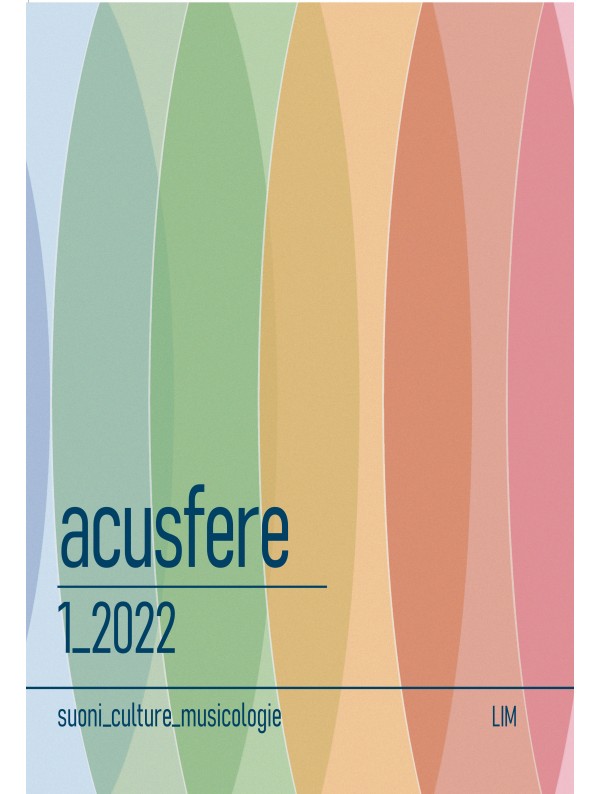“La sordellina scomparsa”
Storia, repertorio e ricostruzione di uno strumento cortese del Seicento
Abstract
The sordellina was a polyphonic bellows-blown bagpipe commonly used at the great Italian courts (Naples, Florence, Milan) between the end of the 16th and the second half of the 17th centuries. It was known in Europe for the Commedia dell’Arte, and in France it exerted such a charm that it was praised, sought after and imitated in court instruments, first of all the Musette de cour. Around the 1630s, in Italy, the sordellina became the object of interest of Manfredo Settala: an antiquarian and inventor, he equipped the instrument with a complex system of keys mounted on three chanters — at the time, an uncommon technology — thus widening its harmonic and melodic ranges and making it apt for both sacred and secular music. The instrument was built with such a technical and artistic skill as to make it almost a “collector’s item”. Unfortunately, no original exemplar has survived. Nevertheless, the recent reconstruction by luthier and musician Marco Tomassi — based on a pictorial canvas by Nuvolone depicting Settala with some of his inventions and a sordellina in the foreground — opened new research perspectives and brought to new life, after more than 400 years, an aerophone that is unique in terms of technological conception and musical possibilities.





